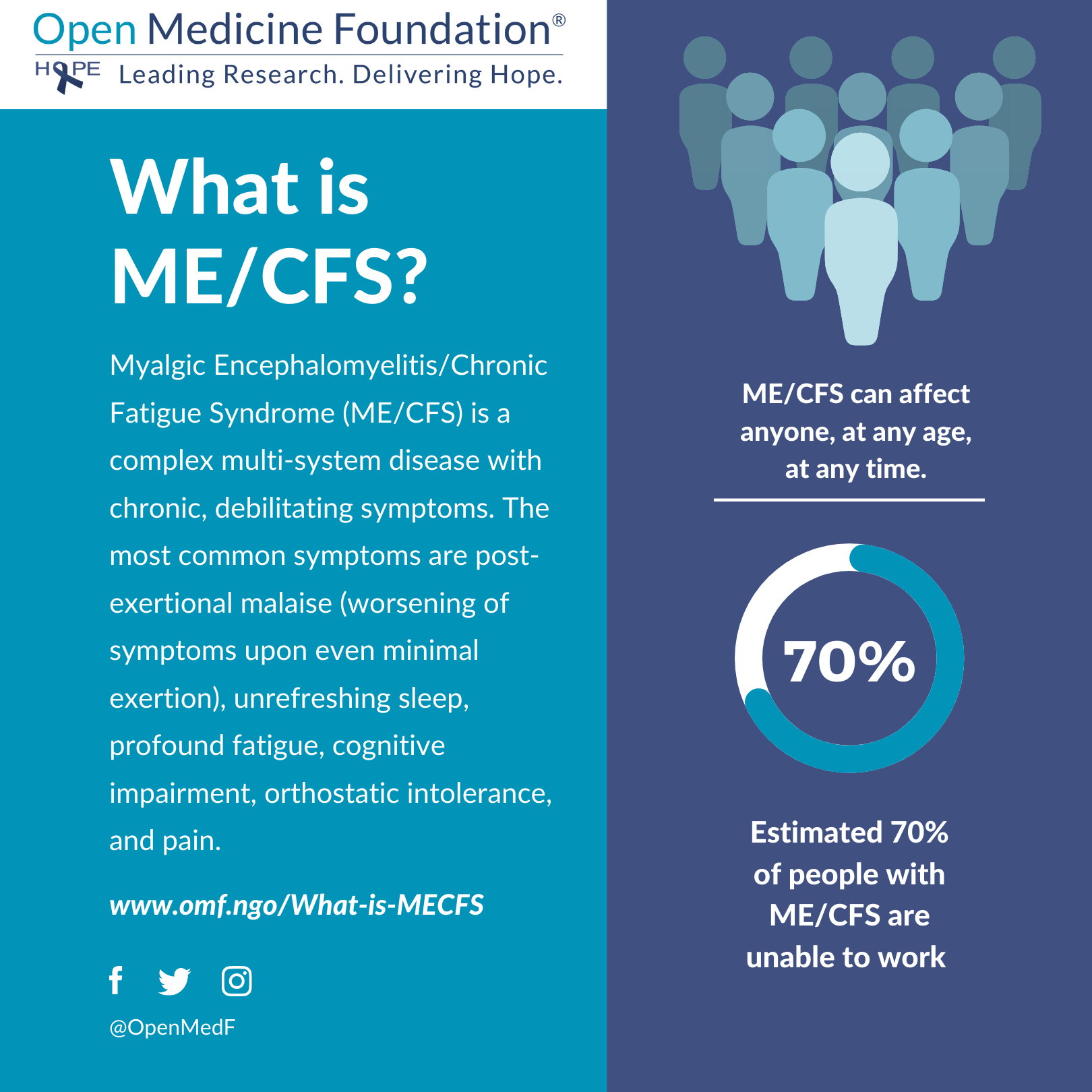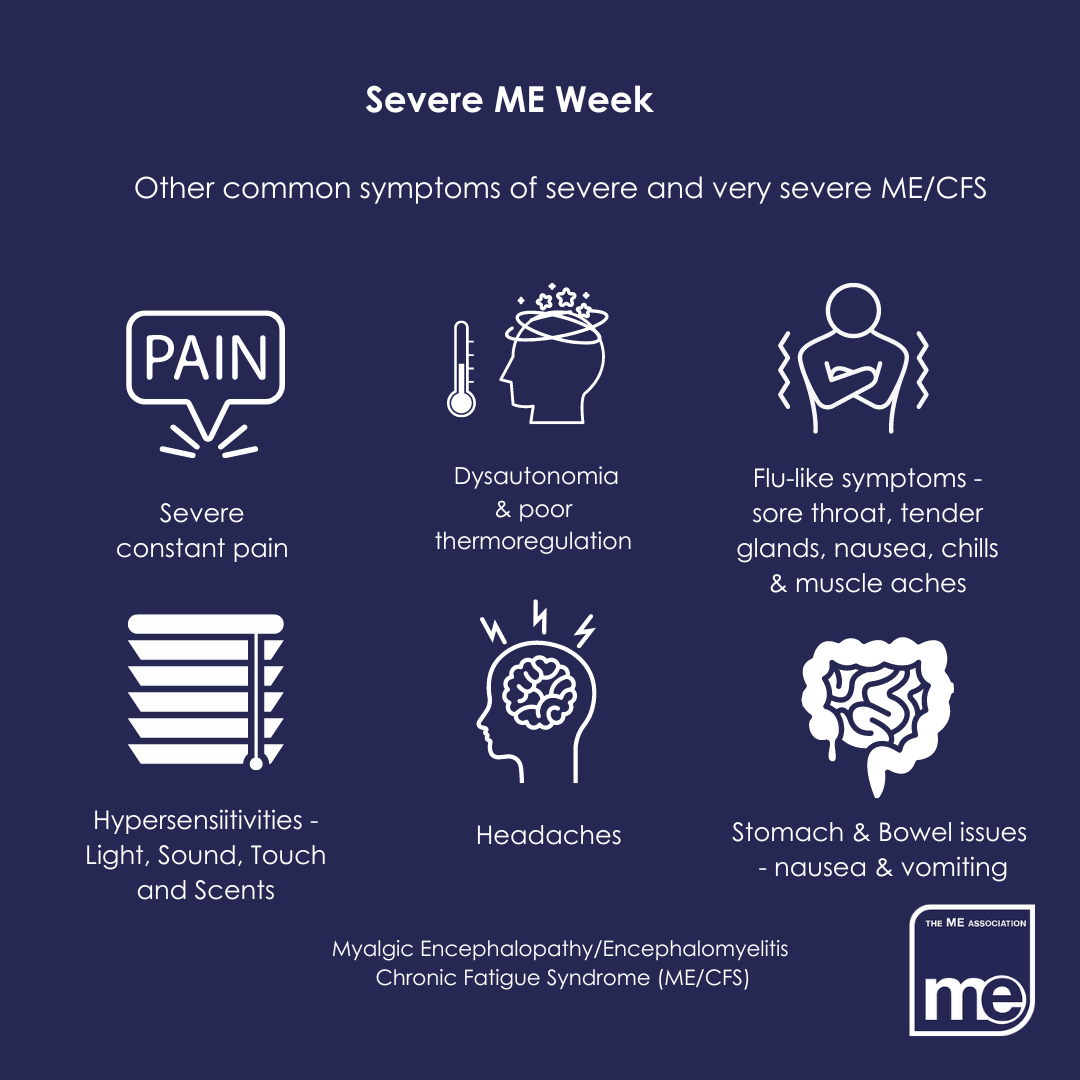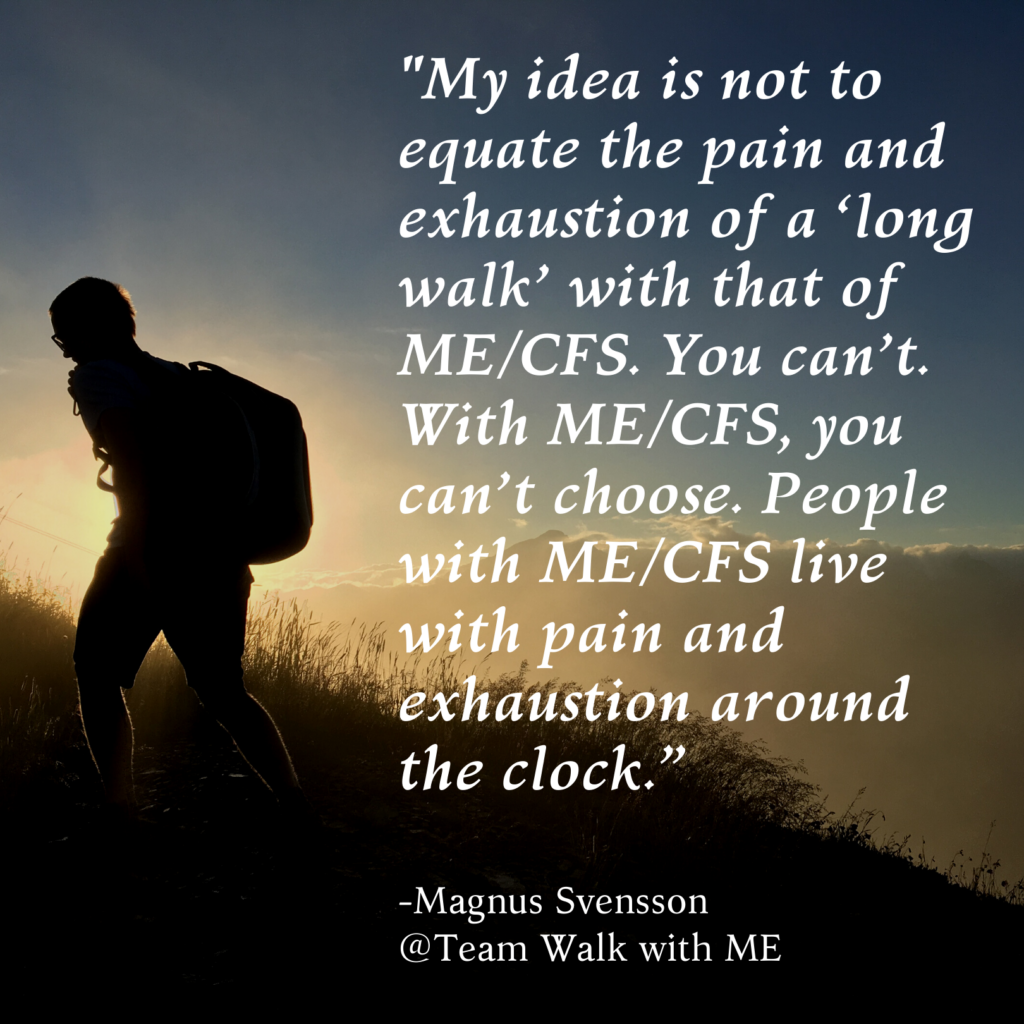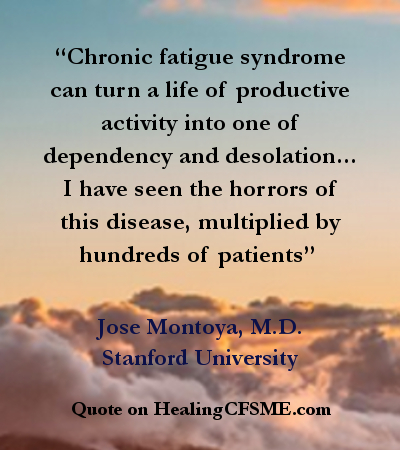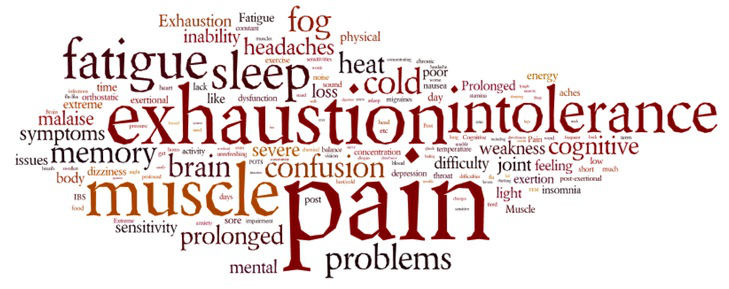Good morning to all you lovely people out there in the world. I hope you have had a good Easter holiday week so far… You know how I love to read, whether its books, news articles, or researching my daughters condition (ME/CFS). But it was an article I read the other day that alarmed me the most, as it made me so angry and upset for the family that this has happened to. On the early hours of Tuesday morning, two heartless thieves stole a fully equipped converted grey Ford Transit Custom, it was stolen outside their family home in Hackney, London. The van was packed with lifesaving medical equipment for their terminally ill child who suffers with a rare condition called myotubular myopathy, which makes it difficult for Elijah to breathe and swallow. The Caruso family was getting ready to go on a family holiday this weekend. This van is the only way the family can transport there 13 year old son. But instead the two thieves stole there only lifeline, for them to be able take their son away, not only that all his medical equipment was taken too. What kind of monsters, can do this to a terminally ill child. Not having there transport means he will now struggle to get to any future appointments.
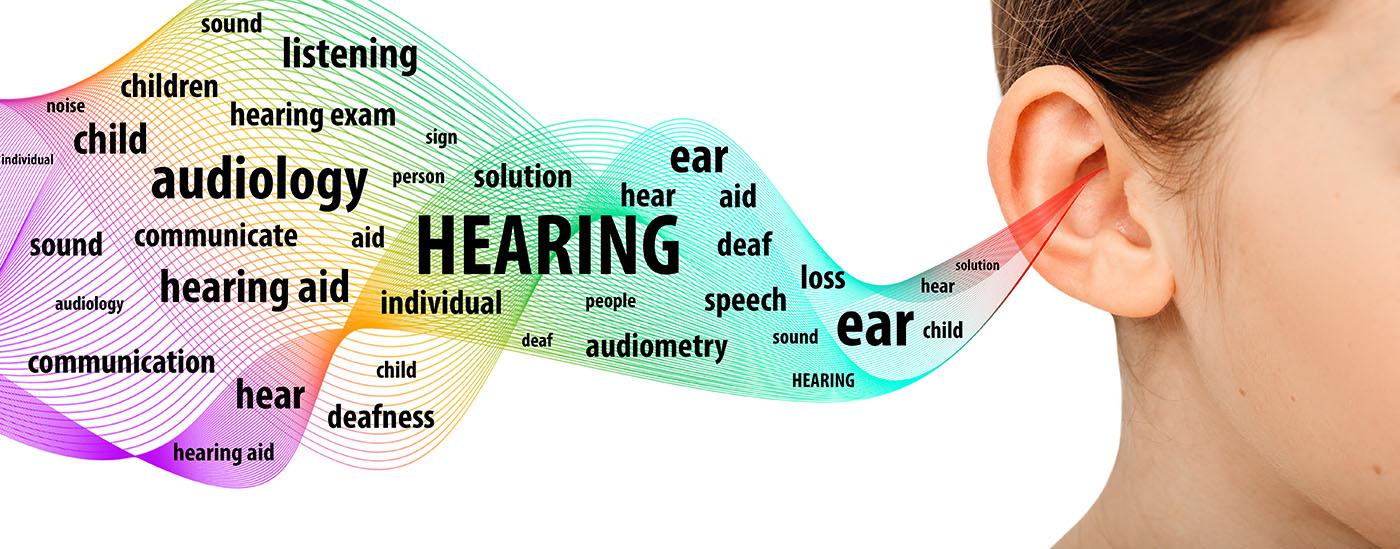
Deaf History Month is something close to my own heart, as all the women on my mums side of the family all suffer with hearing loss whether its profoundly or partially. I don’t know how far back it goes, all I know is that it affects every single female in our family, and I haven’t escaped the dreaded curse as my hearing is reduced to what it was, as for all the males they seem to be cursed with heart problems, but that is a story for another post. Anyway, I know it stems back to my great nanna, but it could go back further. I have cousins, aunts, mum, and great aunts who all end up having to wear hearing aids because there hearing as gotten so bad that they can’t understand anything, what we once had, as now been taken away, and all they are left with is just silence. My mum started going deaf, when she was in her forties, and progressed rapidly over the years until she had to rely on an hearing aid. She found it frustrating and hard especially when she was in a crowd of people, instead of joining in with the conversation, she retreated into herself, as she couldn’t follow what was being said. I, on many occasions had to help her understand what was said at appointments, family events etc. This leads me on to this weeks post on Deaf History Month.
Hearing Loss
Hearing loss and deafness occurs when there is a problem with sound signals not reaching the brain. This signifies that there is a problem within the hearing system.
Hearing loss, deafness or any hearing Impairment is referred to the amount or partial or inability to hear any sound. They are many causes and types of deafness that it could be.
The loss of hearing as become very common, especially as you get older, but it can affect you at any age. Go and see your GP if you have any form of hearing loss. You never know it could easily be caused by something that’s so easily sorted out with treatment.
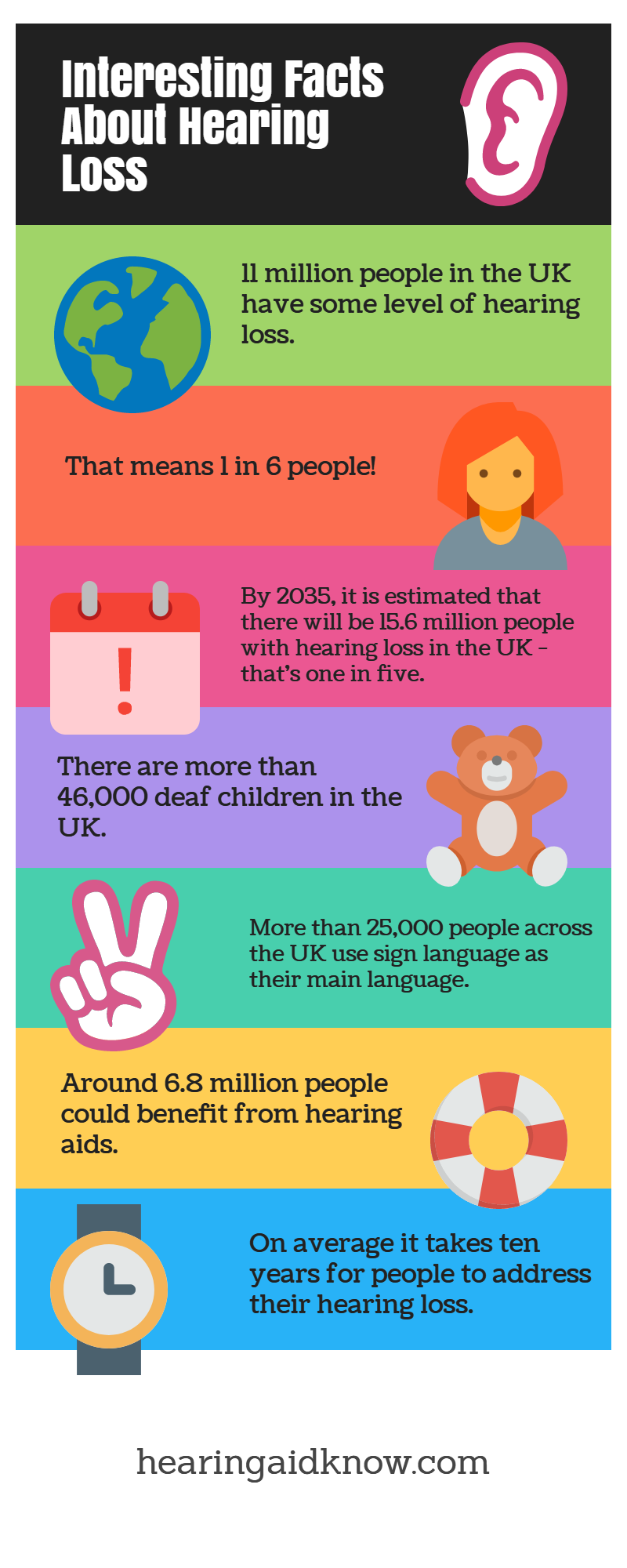
Signs of Hearing Loss To Watch Out For
It’s not always that easy to tell if you are losing your hearing.
Common signs include:
- Having trouble hearing other people clearly, and finding it hard to understand what someone has said, especially in noisy and loud places.
- When you need to ask someone to repeat themselves, especially on a regular basis.
- Listening to music or watching TV with the volume turned up to a high level, than what someone needs it to be.
- Finding it difficult to hear someone on the phone.
- Having trouble holding down a conversation and keeping up with it.
- Feeling tired, stressed or exhausted with having to concentrate while listening.
In some cases you might find that someone else has noticed you having difficulty hearing, before you do. Whilst hearing loss in children affects there speech development and how they progress in school.
Hear Loss in Babies
It is so much harder to tell if a baby as lost their hearing. But there is a checklist for you, on how a baby makes and reacts to sounds on GOV.UK and there it will help you to spot the signs.

What Can Cause Hearing Loss
There are many possibilities that can be the cause of hearing loss. It may be caused by something that is treatable, before you venture down the road of it being permanent, visit a GP and seek advice, tell them of your symptoms and what could be causing it, letting the GP know as much information on your symptoms will depend on what treatment you recieve, do not self-diagnose.
| Symptoms | Possible Causes |
| Gradual hearing loss in both ears | Aging or damage from many years of loud noises, or side effects of medication, |
| Having difficulty hearing in 1 ear, earache, feeling constant pressure in your ear, or discharge coming out from the ear. | Ear Infection |
| Finding it difficult hearing in 1 ear, itchiness, or feeling like your ear is constantly blocked. | Earwax Build-Up |
| Sudden hear loss that occurs after an ear infection, a change in air pressure [Example: flying] or a very loud noise. | Perforated Eardrum |
| Sudden hear loss with dizziness, a spinning sensation (vertigo), or ringing in the ears (tinnitus) | Labyrinthitis or Ménière’s Disease |
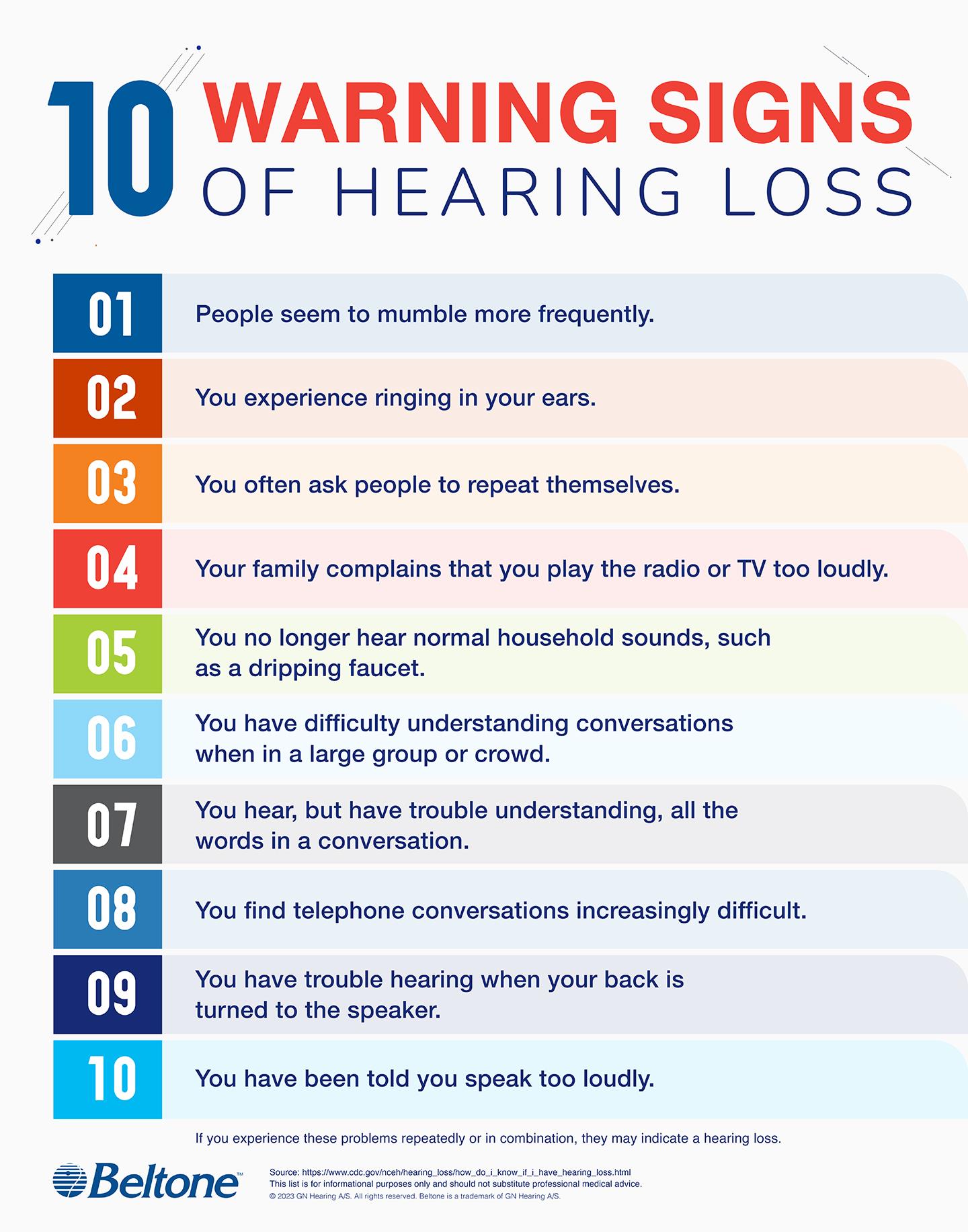
Types of Hearing Loss
There are two main types of hearing loss. But it is also possible for you to have both types, and this is known as mixed hearing loss.
Sensorineural Hearing Loss
Sensorineural hearing loss is caused by damage to the hair cells, by damage to the auditory nerve, or the hair cells inside the inner ear, or both. This type of hearing loss can make it more difficult for you to hear quiet sounds, as well as it can reduce the quality of sound that you can hear
Sensorineural hearing loss is permanent, but it can often be treated with hearing aids. (Some will find it difficult to cope with an hearing aid, but it is best to persevere, as it will help you to stay in the know and communicate)
Conductive Hearing Loss
Conductive hearing loss happens when there is a problem within the ear, like having an ear infection or ear wax, each one will prevent sound from traveling through to the inner ear called the cochlea (the hearing organ).
Sounds will become quieter and may also sound muffled. With this type of hearing loss it can either be temporary or permanent , it just depends on what’s causing the problem. If it is temporary it can be treated by medication or a minor surgery, however, sometimes it may require major surgery to fix the ear drum or hearing bones.
:quality(70):focal(998x1001:1008x1011)/cloudfront-us-east-1.images.arcpublishing.com/shawmedia/4GBSND5SVNFOVIDCY6KV25OZYI.jpg)
When To Seek Help
Going to see to your GP is always important, especially when there is something wrong like the loss of hearing. When should you go and seek help:
- When you think your hearing as gone down significantly, or it as been gradually getting worse over time.
- You have been treated for an ear infection, or the build-up of earwax, but your hearing still hasn’t returned.
Here in the UK you can do an hearing test for free, at either the opticians or pharmacy. If you have any concerns about your hearing and you are experiencing symptoms of hearing loss, its always good to go and visit your GP or see an audiologist for a hearing test. The test can check what type of hearing loss it is, and how severe it is.
To be able to go and see an audiologist at the opticians they ask you to do an online hearing test, to see how bad your hearing is, it will state after the test if you need to see an audiologist or not. This test is only a rough guide, so don’t take it for definite until you have gone and had them checked by a professional.
How Can I Prevent Hearing Loss?
You will find that most types of hearing loss is permanent, so it is very important to that you prevent it from happening, before any hearing loss occurs. If you have any kind of damage done to your hearing, there are ways you can still stop it from it gets any worse.
The best way for you to protect your hearing is to limit your exposure to loud noises. Which means both loud noises, on any individual occasion, and over the course of your lifetime, as loud noises are the main factor in you losing your hearing.
Any event or activity that is deemed too loud, can damage your hearing. Afterwards if you start to hear a ringing sound in your ears, your ears start to feel full, or sound seems quieter or softer than normal.

Here are seven things you can do to prevent damage to your hearing:
- Keep your TV, radio and music down, you should be able to easily hear someone talking a metre away, If you are unable to then you have it too loud.
- If you use headphones, or earphone, make sure the volume is down low. It shouldn’t be loud enough for someone else to hear.
- Protect your ears at all costs especially in noisy workplaces, wear protective equipment that limits the noise by using items such as ear plugs or ear muffs.
- Wear protective ear pieces such as ear plugs or ear muffs when doing noisy activities like lawn mowing.
- If you can it’s always good to take a break from any loud environments.
- Noise cancelling headphones or earphones are good to block out any background noise.
- When you go to live music events, clubs, or any other loud places, it is always a good to wear earplugs. Its good to take frequent breaks from any loud noises always best to stand as far away from the speakers as possible.
Work places should have rules in place regarding loud noises. If you work in any noisy environment, they should provide you with ear protection. If that is not the case, you should speak to your workplace’s occupational health and safety officer.
UK Based Charities
You can do so much to help these charities by either giving your time to fundraise or you can Donate to one of these wonderful charities, that put there time and effort into helping those who can’t hear. Below each one of these charities provides some useful information and resources just for you.
Hearing Link
R.N.I.D
National Deaf Children’s Society
British Deaf Association
Action on Hearing Loss
Royal Association for Deaf People
SignHealth
British Association of Teachers of the Deaf
Action Deafness
Hear Together

Celebrities Suffering From Hearing Loss
Did you know there are many famous celebrities that suffer with being deaf, whether its being profoundly deaf like well-known author Helen Keller, to others that suffer with hearing loss in just one ear like Phil Collins, Ozzy Osbourne, Jean-Christophe Novelli (Chef), and Grimes. Here is a list of some of hollywoods most elites actors and in the music industry that you might not know suffers with hearing loss in some way or another.
- Gerard Butler
- Halle Berry
- Whoopi Goldberg
- Kiefer Sutherland
- Rob Lowe
- Jane Lynch
- Will.i.am
- Bruce Willis
- Millie Bobby Brown
- Sylvester Stallone
- Jodie Foster
- Lou Ferrigno
- Barbra Streisand
- Dave Grohl
- Millicent Simmonds
- Chris Martin
- Holly Hunter
- Steve Martin
- Deanne Bray
I hope the information in this post was helpful to you, and if I can help and prevent just one person, from having to go through losing their hearing the time and effort put in todays post will be well worth it.
Thank you for visiting my blog, and reading this week’s post. I hope you enjoy the rest of your day and have an awesome week.






